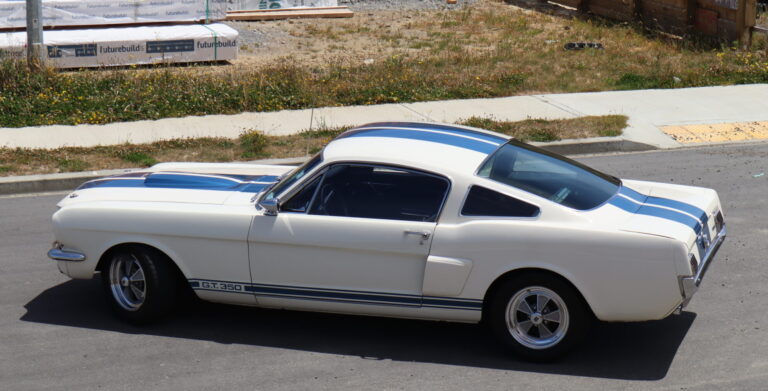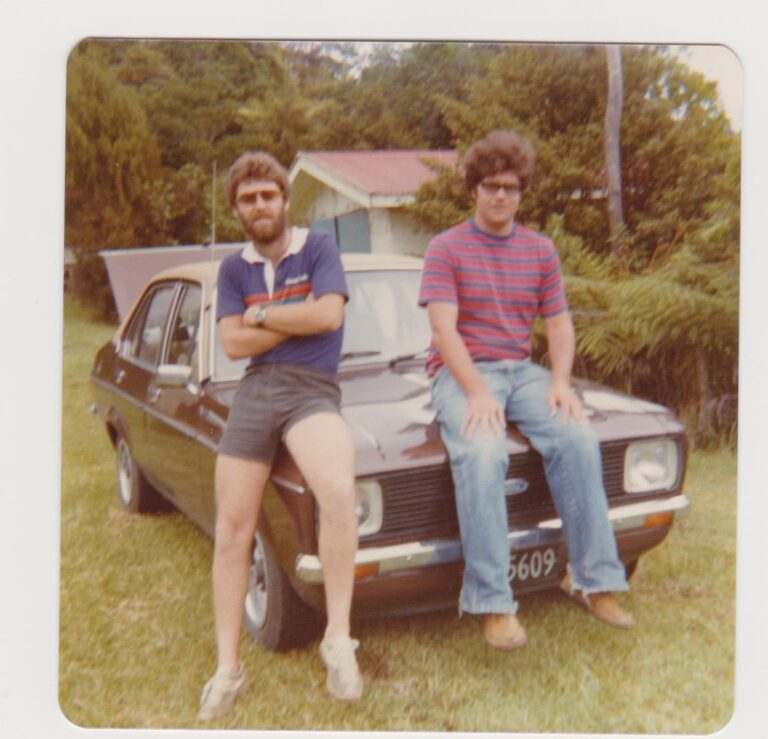data-animation-override>
“Alas, we only got to drive it around our photo studio, but we just couldn’t pass up the chance to train our cameras on McLaren’s latest creation — especially one adorned with a handful of papaya–orange ‘speedy Kiwi’ decals”
You’ve got to hand it to McLaren when they do it properly. Back in 1992 when they launched the Gordon Murray–designed F1 road car, they came up with what many quickly labelled as the quickest production car in the world, by pushing existing automotive technology to the very limit. To emphasize those claims — and with loads of special tweaks — the F1 GTR racer promptly scored an overall win at Le Mans in 1995, with F1 GTRs also taking up third, fourth, fifth, and thirteenth places. According to McLaren, the F1’s top speed was 386kph — well-proven in 1998 when Andy Wallace took McLaren’s five-year-old prototype to VW’s test track in Germany and recorded a maximum speed of 391kph.

So, when everyone heard of McLaren’s decision to develop a hybrid petrol/electric vehicle, it was a pretty certain bet that they wouldn’t be coming up with something along the lines of Toyota’s similarly powered Prius — a favourite amongst celebrities looking to shed their rich and shameless images.
And you’ll need to be fairly well heeled to have been in a position to acquire McLaren’s hybrid supercar, the P1; a worthy (can we say eco-friendly?) successor to the F1. Oddly enough, one of the first people to receive their own P1 was US talk-show host and car collector, Jay Leno.
Technocrat

For those who enjoy the technical bits (an area that the company’s founder, Bruce McLaren, was well into), the P1’s dramatically styled carbon-fibre monocoque body hides a further development of the 3.8-litre V8 as used in the McLaren 650S (the engine isn’t designed for prying hands and opening the compartment lid is a service-only task). With larger turbochargers and 20.3psi boost, there’s no shortage of petrol power. Add in a further wedge of power and torque from the onboard electric motor, and the P1 can call upon a total power output of 673kW, along with a throttle-bending 980Nm of torque.
Despite all that fearsome power on tap, on our first introduction to this featured P1 we barely heard anything, as it motored down into our photo studio. In pure electric mode, the P1 is good for a range of around 10kms, enough for it to get from the McLaren showroom to our studio.
However, in order to charge up the car’s onboard battery pack so we could activate some of the car’s cleverer features, we soon had the twin-turbo V8 fired up.

I then sat down with Luke Neuberger, McLaren Auckland’s Sales Manager, as he ran me through the steps required start the car (easy), and to lower the P1 into race mode and raise that huge rear wing (not so easy). Around this point, old–school classic car guys like me start to get lost. Once Luke had left us to it, even with assistance from the P1’s beautiful hi–res video dashboard, it took me a while to sort everything out to our fussy photographer’s liking.
Sitting in the P1’s snug cockpit (shame its not three abreast like the old F1), it was interesting to check out all the modes that McLaren have installed into this most super of supercars. As well as standard road mode, you can also select e-mode (which shows shades of the Prius), sport, or race. When that last option is selected, the car’s hi–tech hydropneumatic suspension hardens up, and the P1’s body sinks gracefully until its important little bits — splitter, rear diffuser, and sides skirts — are almost kissing the road. And, of course, the car’s rear wing ascends just as theatrically. The pity is, from the driver’s seat you simply can’t see all this drama unfolding!
In race mode, the technical gurus at McLaren reckon the P1 generates as much as 1323 pounds of downforce at 260kph — probably making the P1 a ripe contender in relation to the much-discussed theory that a car can develop so much downforce it could, quite literally, be driven on the roof of a tunnel. I’m pretty sure that McLaren Auckland wouldn’t have been too keen on us trying that out.
Outselling Ferrari

Our black Mac is now in the hands of its new owner, who’s reportedly been enjoying the hell out of it on his local roads down in Hawke’s Bay — and although we never got to take the P1 out for a blast, it was great getting up close and personal with such an amazing bit of motoring kit.
Interestingly, Luke Neuberger tells us that McLaren cars actually outsold Ferrari here in New Zealand in 2014. “Given we have one production model, the 650S, this is a huge accomplishment for McLaren only in its first year on sale in New Zealand. We partly attribute that success to the Bruce McLaren story and the marque’s early racing heritage. Like our customers, we too are proud of our Kiwi beginnings,” says Luke.
Fancy a P1? Too late. All 375 examples have now been built and sold and, surprise surprise, our featured P1 is only one of the three that are expected to take up permanent residency within our shores.












